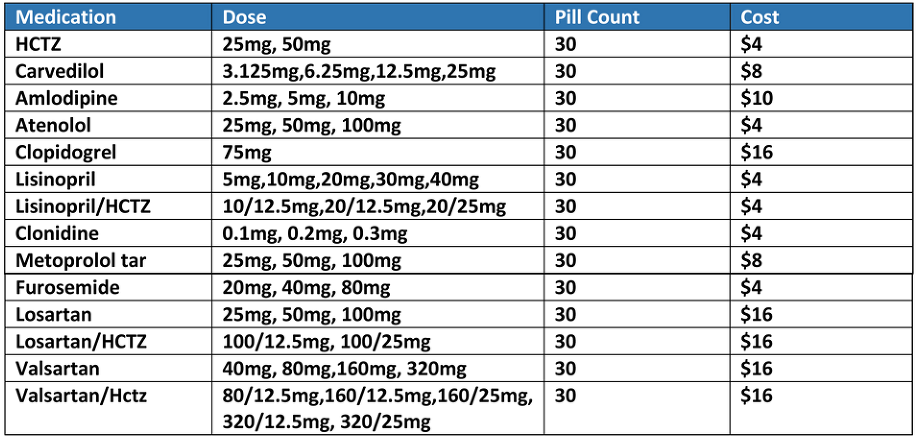
Sitting up or standing up rapidly can cause a feeling of lightheadedness, dizziness, or potential fainting in people with low blood pressure. Wear compression stockingsĬompression stockings help reduce the amount of blood that gets caught in the lower legs and feet, so shifting it elsewhere.Ĭompression stockings are also used to help relieve pressure and pain associated with varicose veins. This is because the smaller meals help prevent a drop in a blood pressure associated with eating larger, heavier meals. Eat small meals frequentlyĮating smaller, more frequent meals throughout the day may help with low blood pressure. Drink waterĭrinking more water can help increase blood volume, which can aleviate one of the potential causes of low blood pressure. For people with high blood pressure, this can be a problem.įor people with low blood pressure symptoms, crossed legs may help increase blood pressure with minimal effort. Cross legs while sittingĬrossing the legs while sitting has been shown to increase blood pressure. If symptoms of low blood pressure begin after starting a medication, a person should discuss the symptoms with their doctor. Low blood pressure can be a side effect of a variety of medications. Avoid alcoholic beveragesĪlcohol can lower blood pressure further, so people with low blood pressure should avoid drinking excessive amounts of alcohol. People with low blood pressure should consider increasing their sodium intake moderately to help raise blood pressure. Eat more saltĬontrary to popular advice, low-sodium diets are not good for everyone with blood pressure problems.


There are plenty of natural ways and lifestyle changes to raise low blood pressure, including the following lifestyle changes. Most people with low blood pressure do not need medications or other medical interventions to raise blood pressure.


 0 kommentar(er)
0 kommentar(er)
